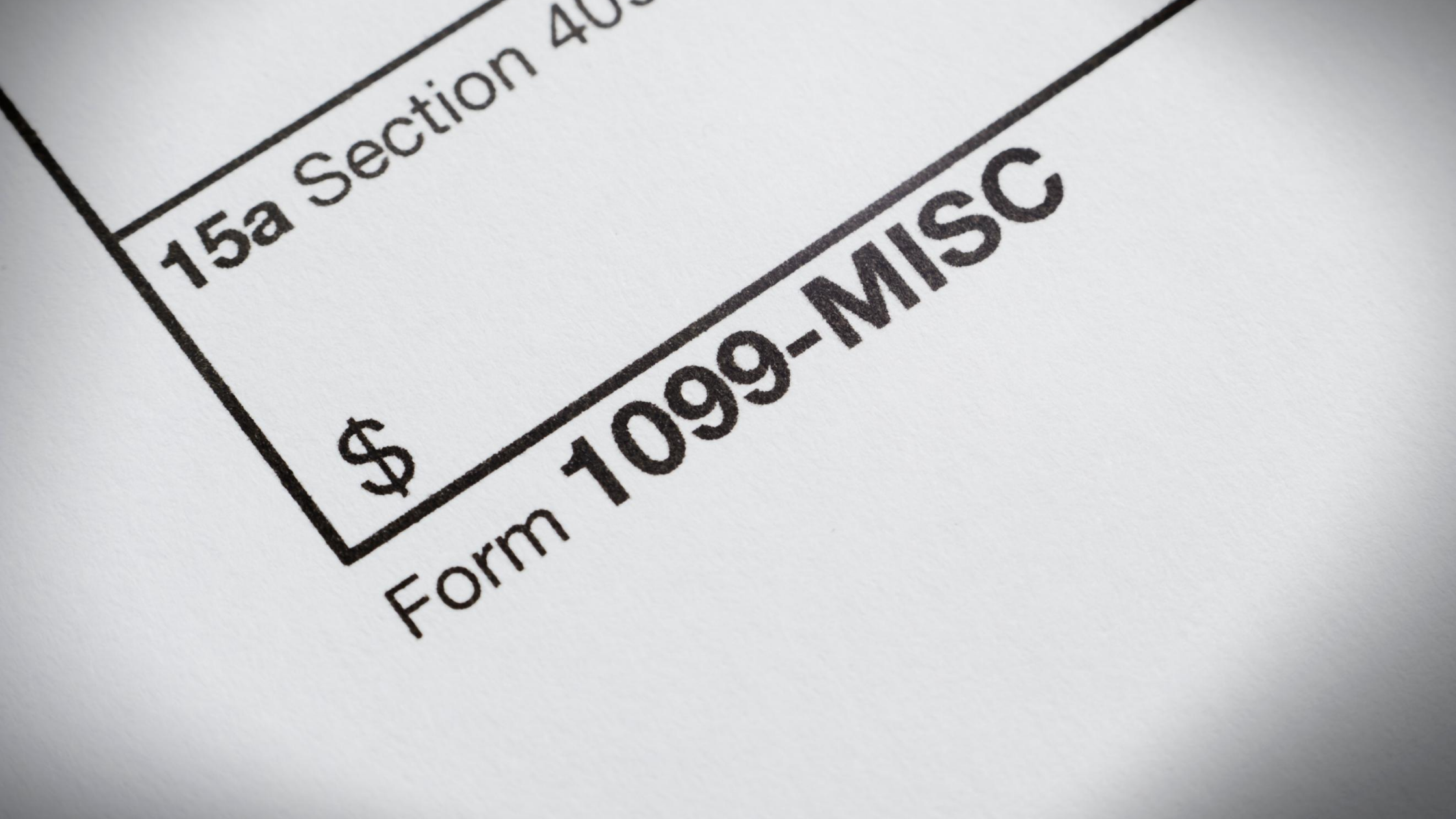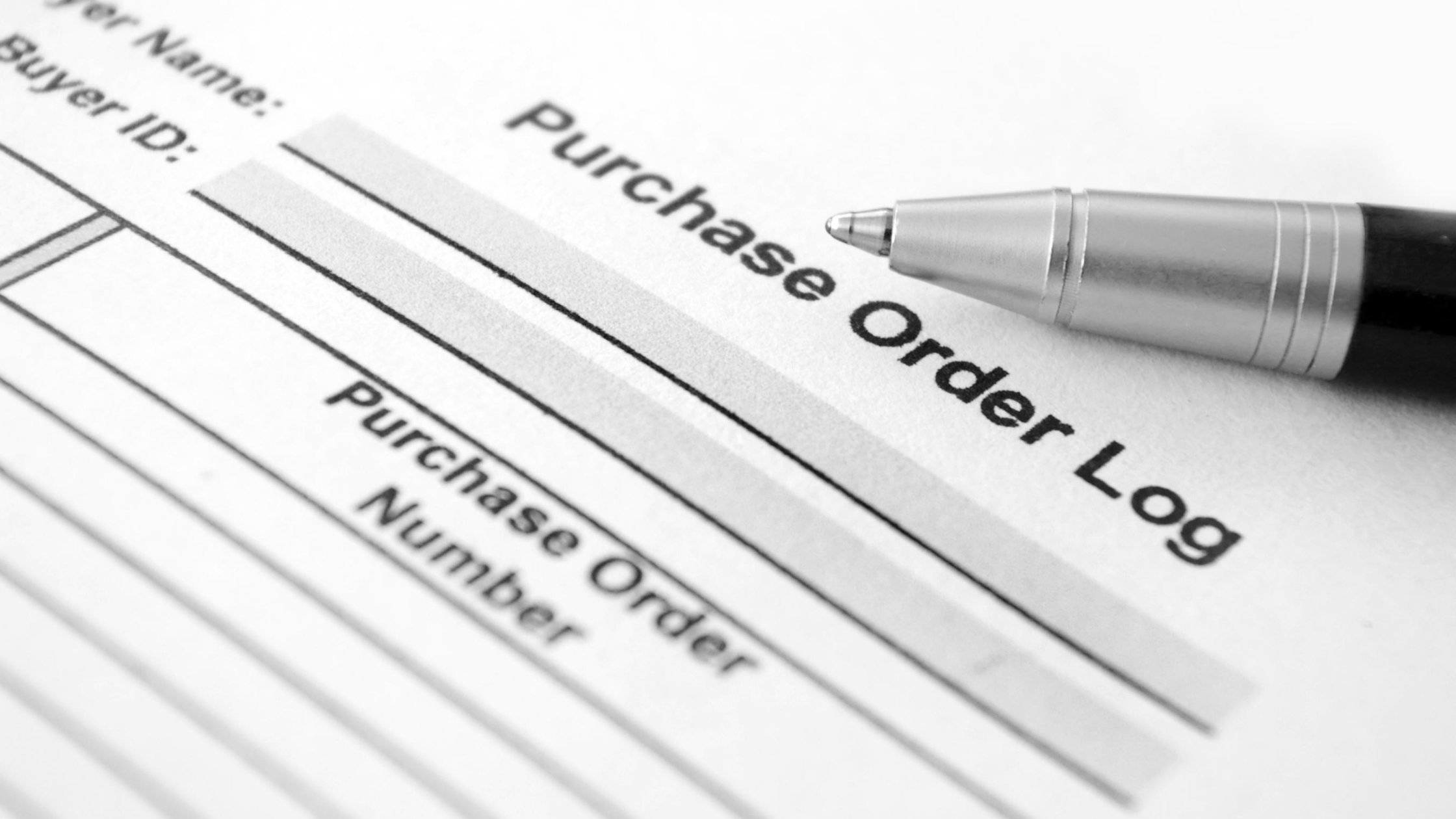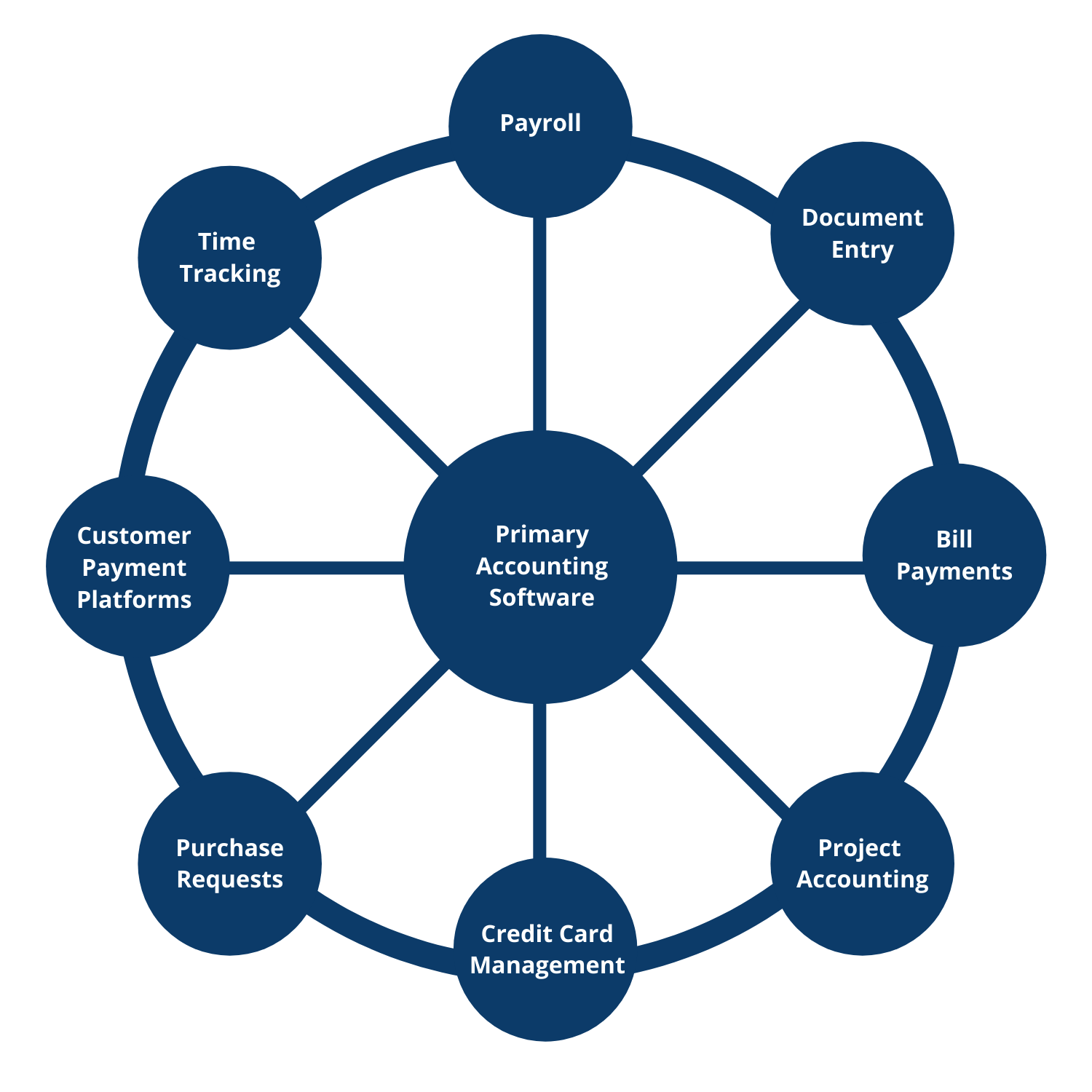There will often be times where a software may not connect to your accounting software, but you can still automate the entry of data through an excel upload template. Bookkeeping automation is about getting your data entered as quickly and accurately as possible so that you can analyze your data and use it to drive your business’ performance. You should always be thinking of ways to streamline and improve processes. Excel upload templates essentially act as bridge connection on your wagon wheel when a direct connection doesn’t exist. In accounting softwares like Xero or QuickBooks Online, you can upload contact data like vendor or customer information, but you are also able to upload transaction data for bills, invoices, or credits. Xero stands out in this area due to its open platform and the fact that excel data importing is an included function of the software (see Why Xero instead of QuickBooks link). QuickBooks allows transaction uploads, but it’s provided through other vendors who charge for the service.
The contact data can be helpful to make bulk changes to contact profiles, but the transaction data is where the best recurring bookkeeping automation happens. Here are some real-life examples of using excel uploads to automate:
- When a time tracking app isn’t connected to your payroll software, you can build an excel template that is then uploaded each week into the payroll software. Once time has been submitted, you export the timesheets from your time tracking app, paste into your template, and upload to the payroll software. This has saved us a lot of time and ensures no human errors during payroll entry.
- Frequently, applications like nonprofit donor systems won’t directly connect to your accounting software. You can create an excel template to upload donation receipts from your donor software as individual invoices into your accounting software (this can either be at a donor level or as a daily batch). These invoices are then batched into the daily deposit that matches your bank account.
- During the COVID-19 crisis, many clients needed to issue customers refunds. In this example, you need to create a bill or customer credit for every refund check that needs to go out. Many accounting softwares offer the ability to bulk create bills in their system but this doesn’t always work well especially when the dollar amount varies between contacts. In the COVID-19 example, many of the refunds were different from person to person. Instead of entering one by one, you can create a bill upload template in excel and upload every refund bill at the same time, saving hours of administrative work.
These instances allow you to get much better and more detailed data into your accounting system and it’s entered in a fraction of the time. There is work upfront to build out the excel upload template but once it is created, you can bulk upload the data in a matter of minutes, saving you a lot of time on manual entry. These upload templates also prevent a lot of human entry errors as they upload directly to pre-mapped fields and you can build out ‘check’ formulas in the spreadsheet to ensure accuracy prior to uploads.
Direct connections between applications are always the best option when automating your bookkeeping but you will find that they aren’t always available. When no direct connections exist, excel still offers a great way to automate your bookkeeping so you can save both time and money.
.png?width=720&height=172&name=Copy%20of%20enSYNC%20-%20Blog%20CTA%20-%20Nonprofit%20Accounting%20Software%20That%20Powers%20Your%20Mission%20(5).png)









































